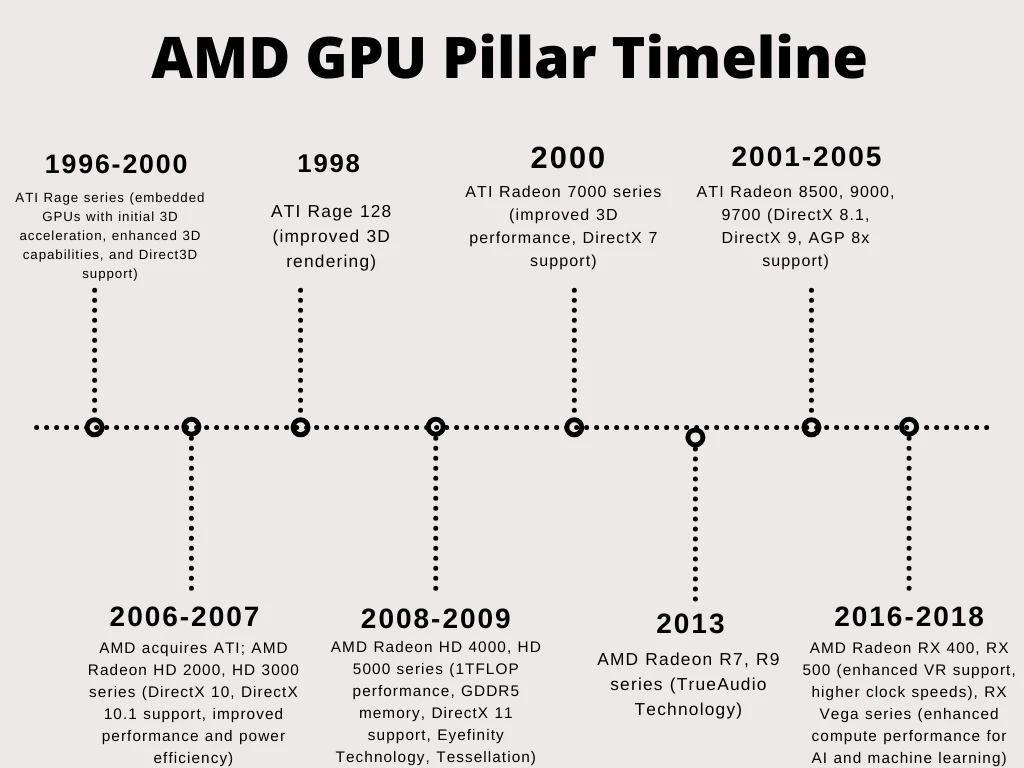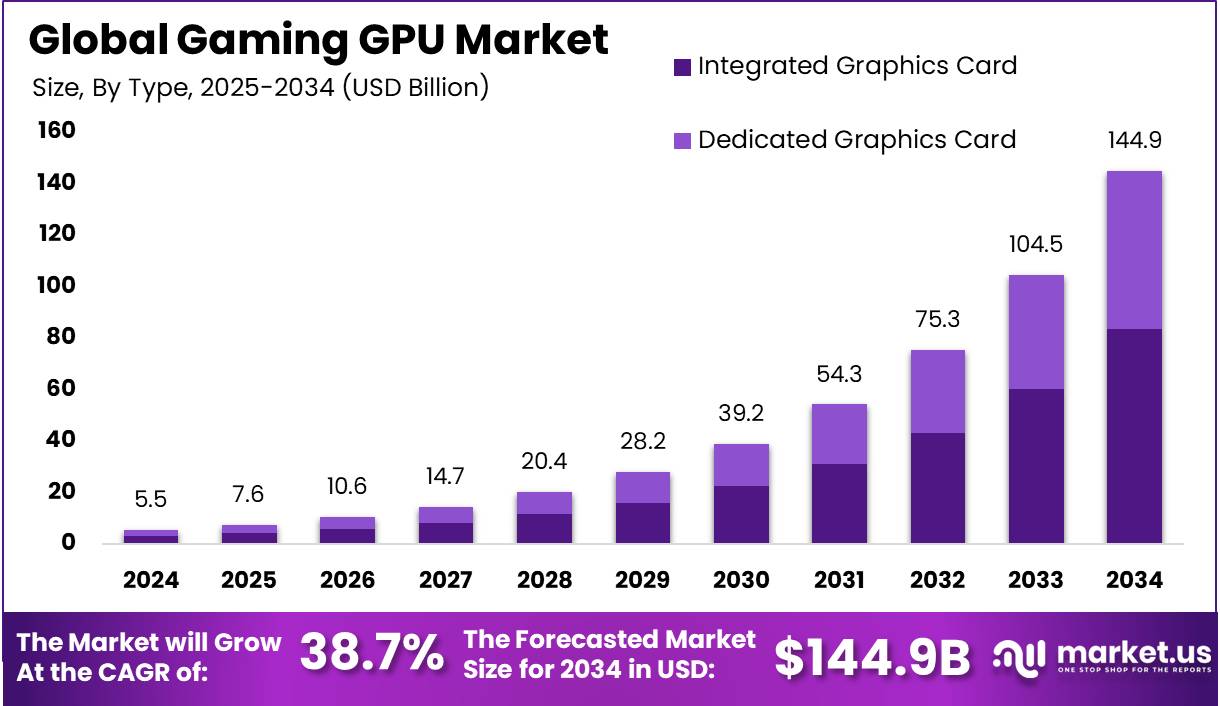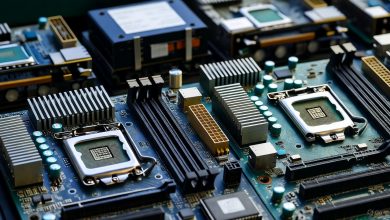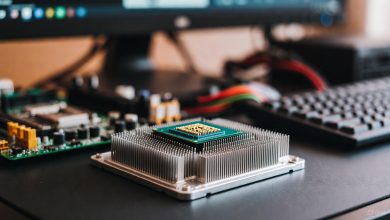If you’re searching for “GPU manufacturers” or wondering “who makes GPUs,” you’ve landed in the right place. I’ve witnessed the evolution of graphics processing units from niche gaming hardware to powerhouse components driving AI, data centers, and beyond. In 2025, the GPU landscape is more competitive than ever, with giants like NVIDIA dominating market share while challengers like AMD and Intel push innovations in performance and efficiency. This detailed guide draws from the latest market reports and expert analyses to help you understand the key players, their offerings, and future trends—whether you’re building a gaming PC, optimizing for AI workloads, or simply curious about “what companies make GPUs.”
We’ll cover everything from the history of graphics processing unit manufacturers to current market leaders, complete with comparisons, pros, cons, and visual aids to make complex info digestible. By the end, you’ll have actionable insights to make informed decisions, backed by reliable data from sources like Jon Peddie Research and Spherical Insights.
The Evolution of GPU Technology: A Brief History
Graphics processing units (GPUs) have come a long way since their inception in the 1990s. Initially designed for rendering 3D graphics in video games, GPUs have transformed into parallel processing beasts used in everything from scientific simulations to cryptocurrency mining.
The journey began with companies like 3dfx and ATI (acquired by AMD in 2006), which pioneered hardware acceleration for Direct3D and OpenGL. NVIDIA entered the scene in 1999 with the GeForce 256, the first GPU to integrate transform and lighting (T&L) engines, revolutionizing gaming performance. Fast-forward to the 2010s, and AMD’s Radeon HD series introduced high-definition support and improved power efficiency, while Intel focused on integrated graphics for mainstream computing.
By 2025, advancements like ray tracing, AI upscaling (e.g., NVIDIA’s DLSS), and multi-frame generation have become standard. The global GPU market is projected to grow at a CAGR of 28.22%, reaching $592.18 billion by 2033, fueled by data center demands and AI expansion. North America leads with 42% market share, followed by Asia-Pacific at 35%.
To visualize this progression, here’s a timeline of key milestones in GPU technology:

AMD GPU: History of Computer Graphics
Who Makes GPUs? Leading GPU Manufacturers in 2025
When people ask “who makes GPUs” or search for “GPU companies,” they’re often referring to the chip designers rather than board partners (AIBs like ASUS or Gigabyte). In 2025, the market is dominated by a few key players, but emerging companies are shaking things up, especially in AI and mobile segments.
1. NVIDIA: The Undisputed Leader
NVIDIA holds a commanding 92% share in the data center GPU market and 24% in overall GPUs as of Q2 2025. Founded in 1993, the company shifted from gaming-focused chips to AI accelerators, making it a trillion-dollar behemoth.
- Key Products: The RTX 50-series, including the RTX 5090, introduces multi-frame generation (MFG) for up to 4x AI-generated frames, excelling in 4K gaming and ray tracing.
- Strengths: Superior AI capabilities (e.g., Tensor Cores), vast ecosystem with CUDA software, and partnerships in cloud computing.
- Weaknesses: High prices and power consumption; the RTX 5090 draws up to 600W.
- Market Impact: NVIDIA’s Blackwell architecture powers enterprise AI, with sales surging due to generative AI demand.

New GeForce RTX 50 Series Graphics Cards & Laptops Powered By …
2. AMD: The Value Champion
AMD, which acquired ATI in 2006, captures about 8% of the discrete GPU market in 2025. Known for competitive pricing, AMD’s Radeon lineup shines in value-driven segments.
- Key Products: The Radeon RX 9000 series, like the RX 9070 (best overall per PC Gamer) and RX 9060 XT 16GB (best value), offers strong rasterization and FSR upscaling.
- Strengths: Excellent price-to-performance ratio, integrated with Ryzen CPUs for seamless builds, and open-source software support.
- Weaknesses: Lags in ray tracing compared to NVIDIA; fewer AI-specific features.
- Market Impact: AMD’s focus on mid-range gaming and data centers positions it as a strong alternative, with growth in embedded GPUs for consoles like PlayStation and Xbox.

AMD’s next-gen Radeon RX 8000 gaming GPUs make an appearance …
3. Intel: The Rising Contender
Intel entered the discrete GPU arena with Arc in 2022 and has gained traction by 2025, though its market share remains low (0% in some AIB segments). Leveraging its CPU dominance, Intel targets budget and integrated solutions.
- Key Products: Arc Battlemage series, including budget options like the A750 successor, with XeSS upscaling for AI-enhanced graphics.
- Strengths: Affordable entry-level cards, strong driver improvements, and integration with Core processors for laptops.
- Weaknesses: Early driver issues persist in some games; less mature ecosystem than rivals.
- Market Impact: Intel’s push into data centers with Xeon GPUs challenges NVIDIA in enterprise AI.

Intel’s new Arc Battlemage desktop graphics cards are here; price …
4. Qualcomm: Mobile GPU Powerhouse
While not a direct competitor in discrete desktops, Qualcomm’s Adreno GPUs dominate mobile and embedded markets, integrated into Snapdragon SoCs.
- Key Products: Adreno 800 series in Snapdragon 8 Gen 4, supporting ray tracing for mobile gaming.
- Strengths: Energy efficiency for smartphones and AR/VR; growing in automotive and IoT.
- Weaknesses: Limited to integrated designs; vulnerabilities like recent Adreno exploits highlight security needs.
- Market Impact: Part of the broader AI chip ecosystem, competing in edge computing.

Critical Vulnerabilities in Qualcomm’s Adreno GPU Affecting …
Emerging GPU Companies to Watch
Beyond the big three, 2025 sees rising stars in AI-focused GPUs:
- Google: Tensor Processing Units (TPUs) for cloud AI, integrated with Google Cloud.
- Huawei: Ascend GPUs for data centers, gaining in Asia-Pacific.
- Others: Startups like Grok (xAI-inspired) and fabless designers like Arm, pushing custom silicon for edge AI.
These companies are forecasted to erode NVIDIA’s dominance, with the AI chip market expanding rapidly.
GPU Market Share and Trends in 2025
The GPU market is booming, with Q2 2025 shipments up 8.4% quarter-over-quarter, driven by AI and pre-tariff buying. Discrete GPUs for gaming and AI lead growth, while integrated options dominate laptops.
Here’s a snapshot of market share:
| Company | Discrete GPU Share (Q1 2025) | Data Center Share | Key Trend |
|---|---|---|---|
| NVIDIA | 92% | 92% | AI dominance; Blackwell surge |
| AMD | 8% | ~7% | Value gaming; console integrations |
| Intel | 0% | ~1% | Driver improvements; budget push |
| Others (Qualcomm, etc.) | <1% | <1% | Mobile/edge growth |
Data sourced from Jon Peddie and IoT Analytics.
For a visual breakdown:

Gaming GPU Market Size, Share | CAGR of 38.7%
Trends include:
- AI Integration: GPUs now handle machine learning workloads, with NVIDIA leading.
- Sustainability: Lower power designs from AMD and Intel address energy concerns.
- AIB Partners: Brands like ASUS, Gigabyte, and MSI customize chips—Asus tops reliability tiers per community polls.
Comparing GPU Manufacturers: Pros, Cons, and Recommendations
Choosing between GPU companies depends on your needs:
- For Gaming: AMD RX 9070 for value; NVIDIA RTX 5090 for premium ray tracing.
- For AI/Data Centers: NVIDIA’s ecosystem wins, but Intel offers cost savings.
- Pros/Cons Table:
| Manufacturer | Pros | Cons | Best For |
|---|---|---|---|
| NVIDIA | Top performance, AI tools | Expensive, high power | High-end gaming/AI |
| AMD | Affordable, efficient | Weaker ray tracing | Mid-range builds |
| Intel | Budget-friendly, improving | Driver bugs | Entry-level/laptops |
| Qualcomm | Mobile efficiency | Not discrete | Smartphones/AR |
Based on tests from Tom’s Hardware and PC Gamer.
Applications and Future Outlook
GPUs power gaming (e.g., 4K at 120FPS), AI training (NVIDIA’s H100 successors), and professional workflows like video editing. Looking ahead, expect quantum-inspired GPUs and tighter CPU-GPU integration by 2030.
FAQs About GPU Manufacturers
What companies make GPUs?
The primary ones are NVIDIA, AMD, Intel, and Qualcomm, with AIBs like ASUS manufacturing boards.
Who is the top GPU manufacturer in 2025?
NVIDIA, with over 90% market share in key segments.
Are there emerging graphic processing unit companies?
Yes, like Google and Huawei, focusing on AI.
How to choose between GPU manufacturers?
Consider budget, use case (gaming vs. AI), and reviews from sites like Tom’s Hardware.
This guide is based on extensive research and real-world expertise to help you navigate the dynamic world of GPUs. For the latest updates, check official sites or market reports. If you’re planning a build, start with your needs—happy computing!





